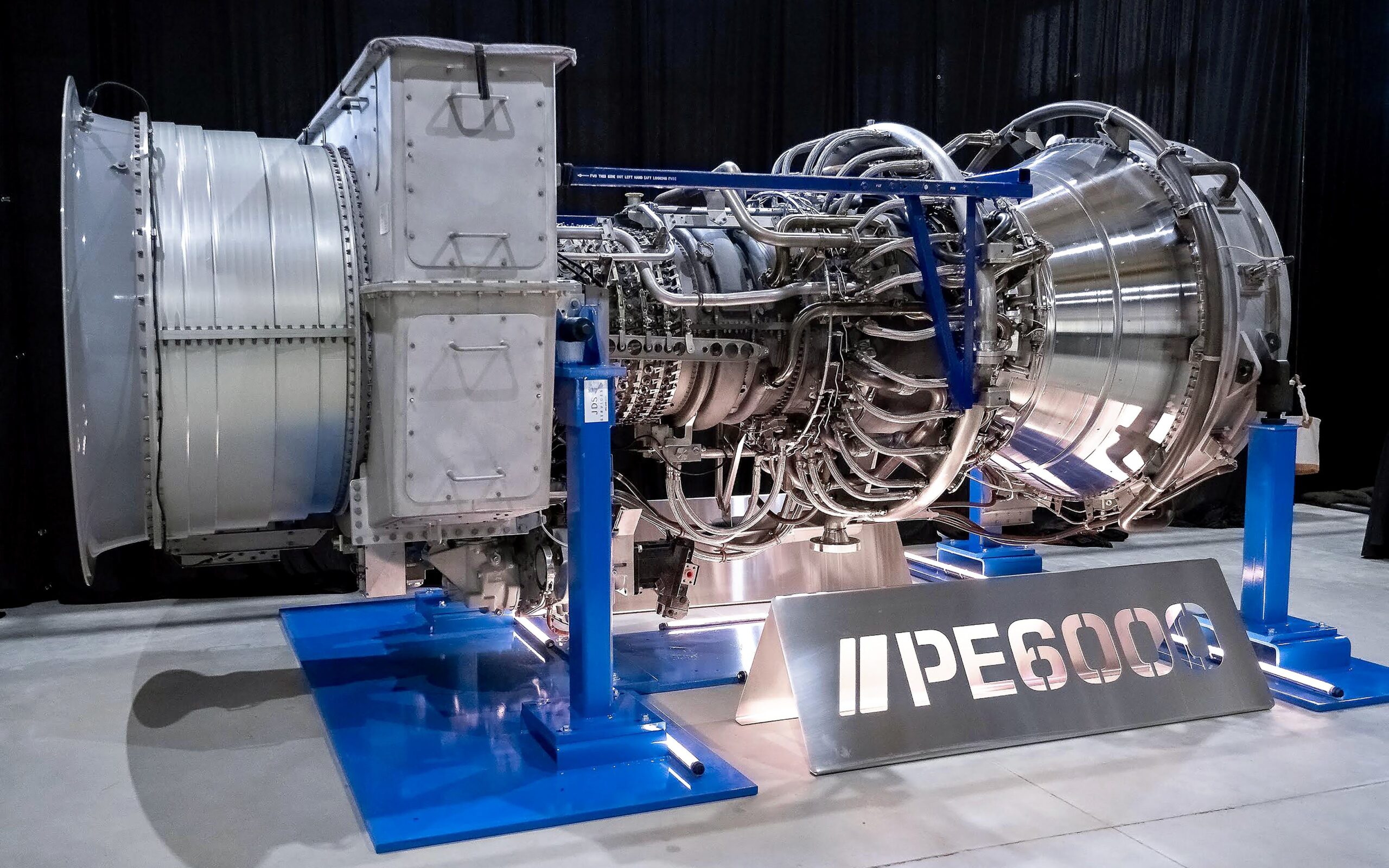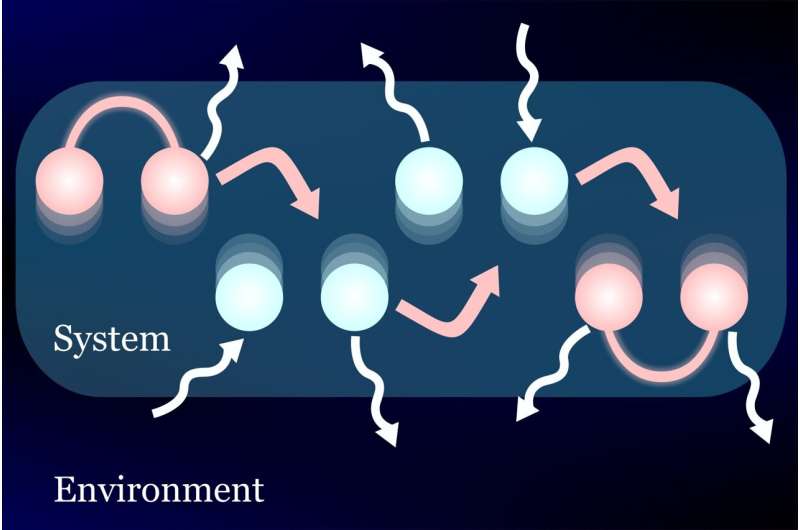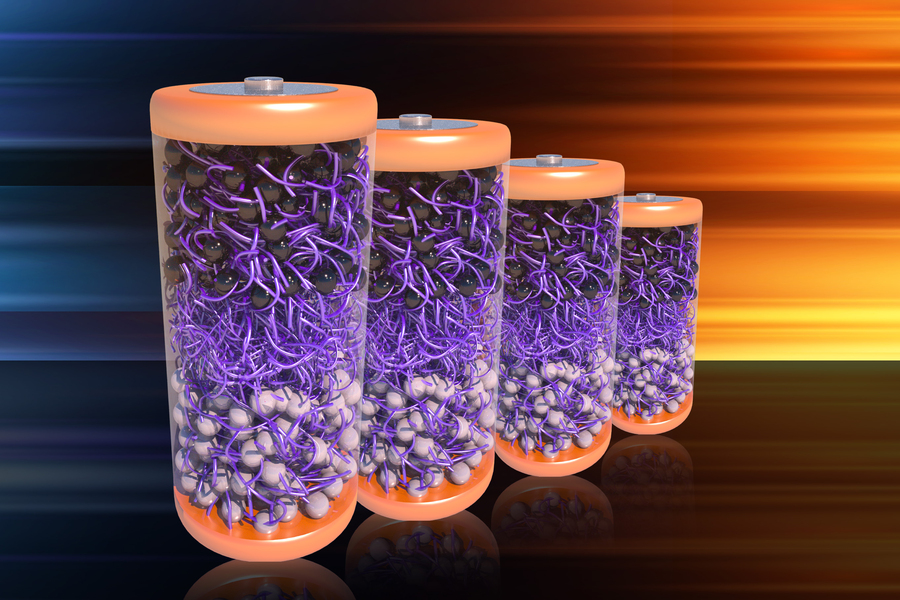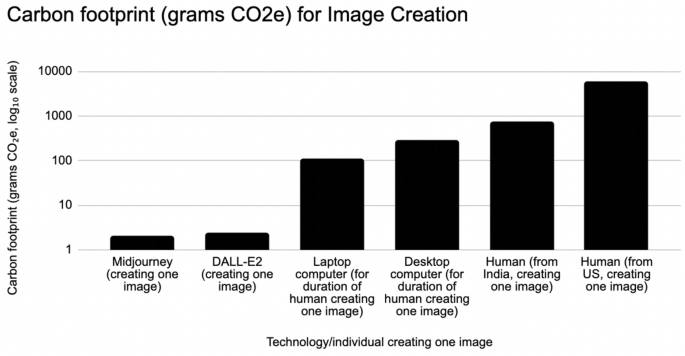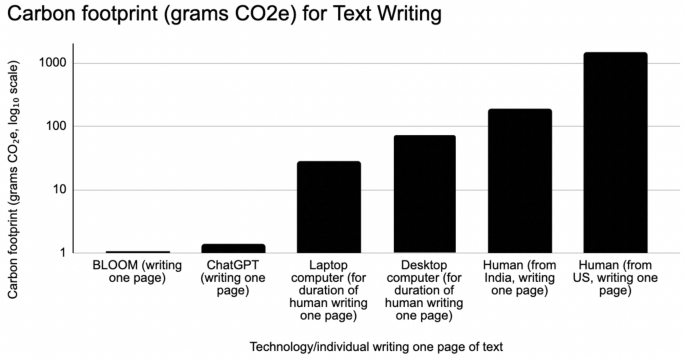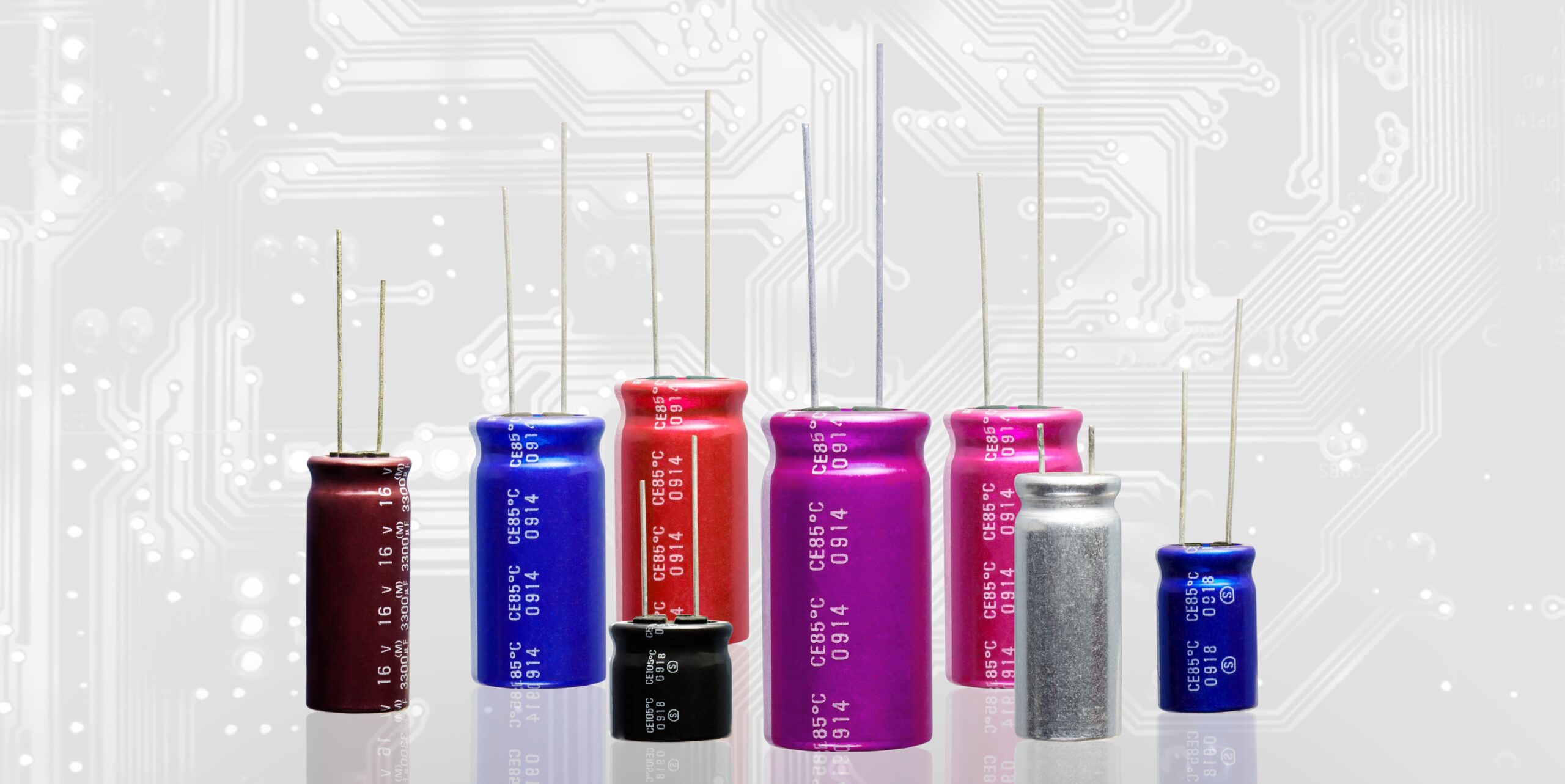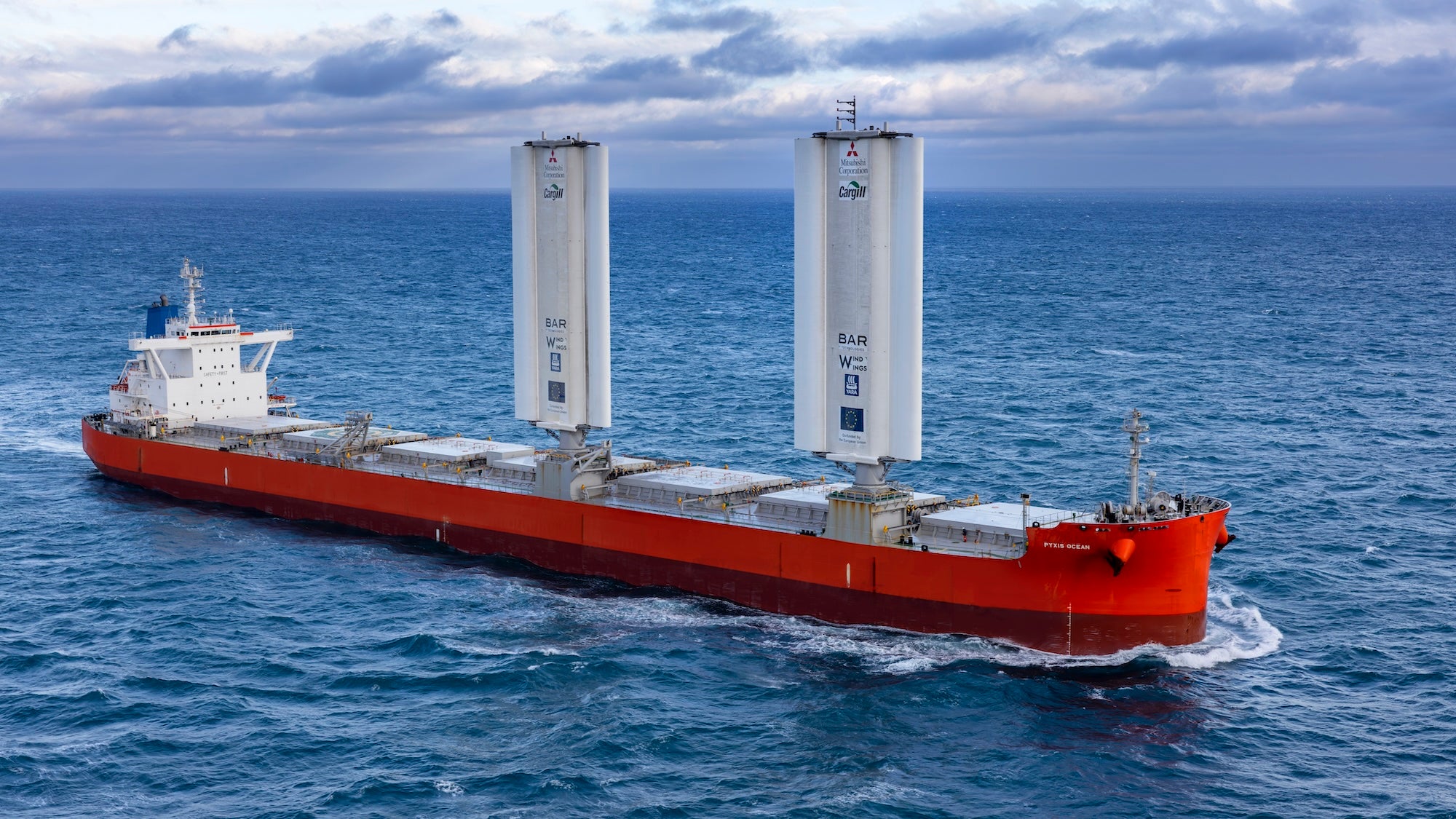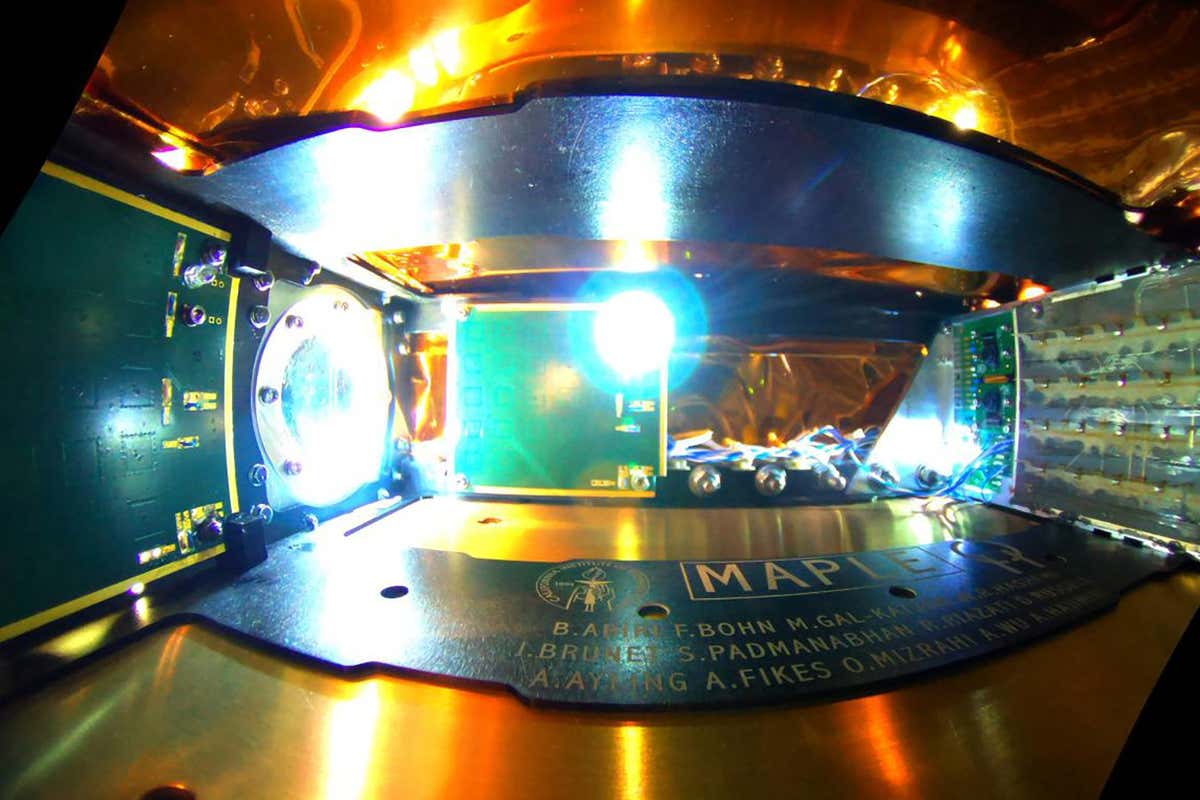[A massive power outage in April left tens of millions across Spain, Portugal, and parts of France without electricity for hours due to cascading grid failures, exposing how fragile and interconnected Europe’s energy infrastructure is. The incident, though not a cyberattack, reignited concerns about the vulnerability of aging, fragmented, and insecure operational technology systems that could be easily exploited in future cyber or ransomware attacks.] This headache is one the European Commission is focused on. It is funding several projects looking at making electric grids more resilient, such as the eFort framework being developed by cybersecurity researchers at the independent non-profit Netherlands Organisation for Applied Scientific Research (TNO) and the Delft University of Technology (TU Delft).
TNO’s SOARCA tool is the first ever open source security orchestration, automation and response (SOAR) platform designed to protect power plants by automating the orchestration of the response to physical attacks, as well as cyberattacks, on substations and the network, and the first country to demo it will be the Ukraine this year. At the moment, SOAR systems only exist for dedicated IT environments. The researchers’ design includes a SOAR system in each layer of the power station: the substation, the control room, the enterprise layer, the cloud, or the security operations centre (SOC), so that the SOC and the control room work together to detect anomalies in the network, whether it’s an attacker exploiting a vulnerability, a malicious device being plugged into a substation, or a physical attack like a missile hitting a substation. The idea is to be able to isolate potential problems and prevent lateral movement from one device to another or privilege escalation, so an attacker cannot go through the network to the central IT management system of the electricity grid. […]
The SOARCA tool is underpinned by CACAO Playbooks, an open source specification developed by the OASIS Open standards body and its members (which include lots of tech giants and US government agencies) to create standardized predefined, automated workflows that can detect intrusions and changes made by malicious actors, and then carry out a series of steps to protect the network and mitigate the attack. Experts largely agree the problem facing critical infrastructure is only worsening as years pass, and the more random Windows implementations that are added into the network, the wider the attack surface is. […] TNO’s Wolthuis said the energy industry is likely to be pushed soon to take action by regulators, particularly once the Network Code on Cybersecurity (NCCS), which lays out rules requiring cybersecurity risk assessments in the electricity sector, is formalized.
Source: Ukraine First To Demo Open Source Security Platform To Help Secure Power Grid

